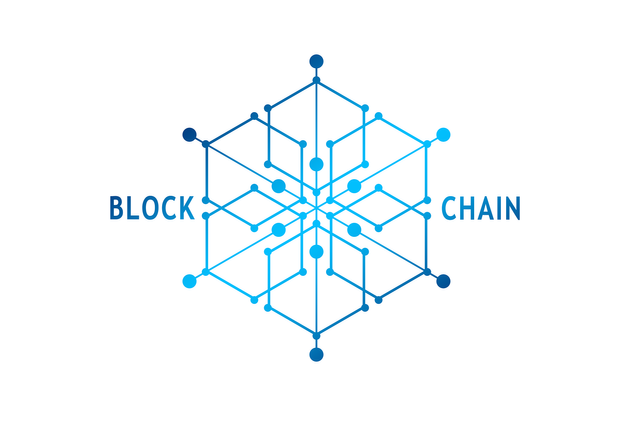
Identity Management in Blockchain: A Comprehensive Overview
Blockchain technology has the potential to revolutionize identity management, especially in regulated industries where identities must be managed with significant business consequences. In this article, we will delve into the concept of permissioning, end-user identity, and other considerations related to identity management on the blockchain.
Permissioning: Member Enrollment and Transaction Certificates
Permissioning is a critical aspect of identity management on the blockchain. It involves the use of member enrollment certificates and transaction certificates (tCerts) for each member. These certificates enable an entity to be permissioned and identified while transactions are completed. In other words, they provide a way for blockchain networks to verify the identity of participants and ensure that only authorized individuals can perform specific actions.
End User Identity: Mapping LDAP/User Registry to tCerts
End-user identity is another critical component of identity management on the blockchain. It involves maintaining the mapping of the LDAP/User registry to the tCerts or transaction ID for the sake of tracing. This helps to identify the participants in a blockchain network and their respective transactions. This information is crucial for activities such as Know Your Customer (KYC) and Know Your Customer's Customer (KYCC).
Other Considerations for Identity Management on the Blockchain
While permissioning and end-user identity are crucial for identity management on the blockchain, other considerations also need to be taken into account, such as:
- The role of existing user registries: An LDAP or existing user registry is a critical design point for blockchain networks. These systems have already invested in mature authentication and authorization systems, and they cannot be disregarded.
- Trust systems: Trust systems are at the heart of blockchain technology. They need to pave the way for trust with identity insertion for use cases that require transactional traceability.
- Identity acquisition, vetting, and lifecycle: Identity acquisition involves the process of acquiring identity-related information about participants in a blockchain network. Vetting involves verifying the accuracy and authenticity of this information. The lifecycle of identity involves managing identity-related information over time and ensuring its accuracy.